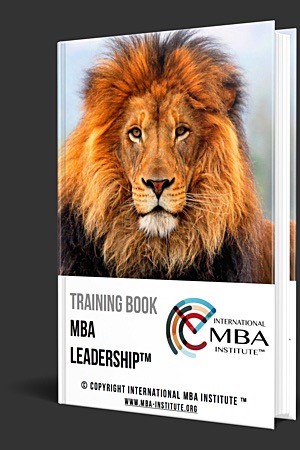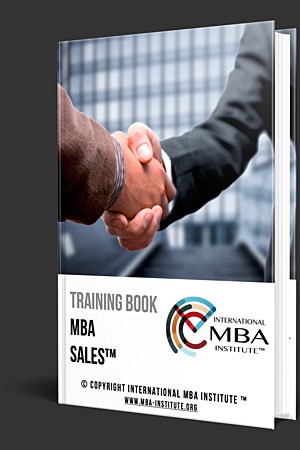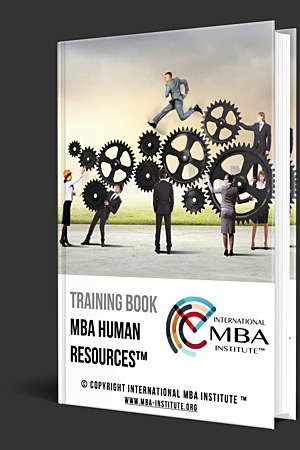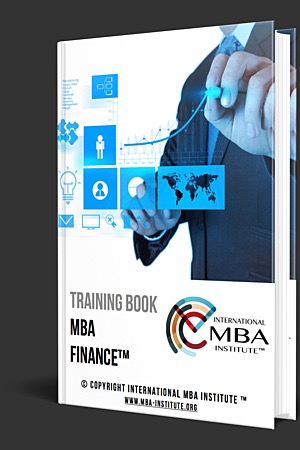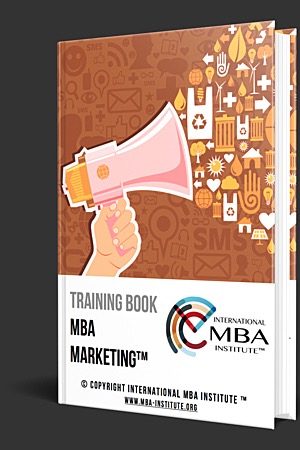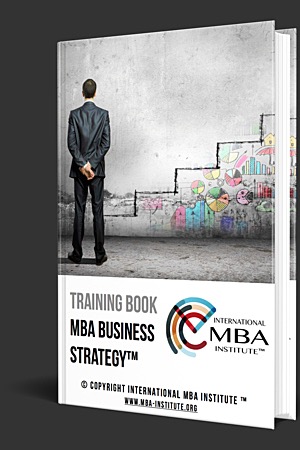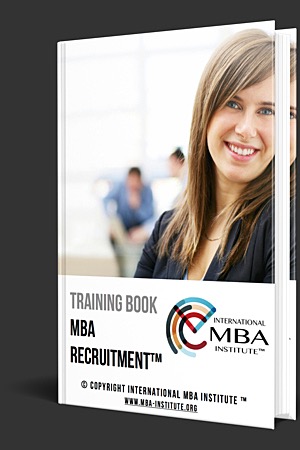MBA Management™ Degree Sample Test Questions
Question 1
Which management thinker has given the following definition of management: 'The use of people and other resources to accomplish objectives.'?
- Choice-1: Harold Koontz and Heinz Weihrich
- Choice-2: E. Boone and David Kurtz
- Choice-3: Dalton McFarland
- Choice-4: Mary Parker Follet
- Choice-5: None of the above
Correct Answer: Choice-2 / E. Boone and David Kurtz
Question 2
The five basic functions of a manager as outlined by Henry Fayol are planning, organizing, staffing, leading and closing.
- Choice-1: True
- Choice-2: False
Correct Answer: Choice-2 / False
Question 3
Productivity can be improved by:
- Choice-1: producing more output with the same inputs
- Choice-2: reducing inputs, but maintaining the same level of outputs
- Choice-3: increasing outputs and reducing inputs, thereby, making the ratio more favorable
- Choice-4: Only Option 1 and 2
- Choice-5: All of the above
Correct Answer: Choice-5 / All of the above
Question 4
The difference between efficiency and effectiveness is?
- Choice-1: Effectiveness denotes the judicious use of resources, and efficiency refers to achievement of stated organizational objectives.
- Choice-2: Effectiveness refers to achievement of stated organizational objectives while, efficiency denotes the judicious use of resources.
- Choice-3: Effectiveness means "doing things right," while efficiency means "doing the right things".
- Choice-4: Only option 2 and 3
- Choice-5: None of the above
Correct Answer: Choice-2 / Effectiveness refers to achievement of stated organizational objectives while, efficiency denotes the judicious use of resources.
Question 5
Which are the different categories developed by Henry Mintzberg related to managerial roles?
- Choice-1: Interpersonal roles
- Choice-2: Informational roles
- Choice-3: Decisional roles
- Choice-4: All of the above
- Choice-5: None of the above
Correct Answer: Choice-4 / All of the above
Question 6
Which are the managerial roles grouped under the section of Informational category?
- Choice-1: Figurehead, Leader, Liaison
- Choice-2: Entrepreneur, Disturbance Handler, Negotiator
- Choice-3: Monitor, Disseminator, Spokesperson
- Choice-4: Figurehead, Monitor, Entrepreneur
- Choice-5: All of the above
Correct Answer: Choice-3 / Monitor, Disseminator, Spokesperson
Question 7
In this type of managerial role (as defined by Henry Mintzberg), the manager decides who gets resources, scheduling, budgeting and setting priorities.
- Choice-1: Negotiator
- Choice-2: Resource Allocator
- Choice-3: Disseminator
- Choice-4: Liaison
- Choice-5: Figurehead
Correct Answer: Choice-2 / Resource Allocator
Question 8
In this type of managerial role (as defined by Henry Mintzberg), the manager is required to interact with people both within and outside the organization.
- Choice-1: Negotiator
- Choice-2: Resource Allocator
- Choice-3: Disseminator
- Choice-4: Liaison
- Choice-5: Figurehead
Correct Answer: Choice-4 / Liaison
Question 9
In this process, the manager decides the mission and objectives of the firm and take necessary steps to achieve the desired objectives.
- Choice-1: Planning
- Choice-2: Organizing
- Choice-3: Staffing
- Choice-4: Directing
- Choice-5: Evaluating
Correct Answer: Choice-1 / Planning
Question 10
Which are the steps involved in "Organizing"?
- Choice-1: Determine which tasks are to be performed
- Choice-2: Determine how tasks can best be combined into specific jobs
- Choice-3: Determine how jobs can be grouped into various units
- Choice-4: Option 1 and 2
- Choice-5: All of the above
Correct Answer: Choice-5 / All of the above
Register Your MBA Degree >>
 MBA INSTITUTE™
MBA INSTITUTE™